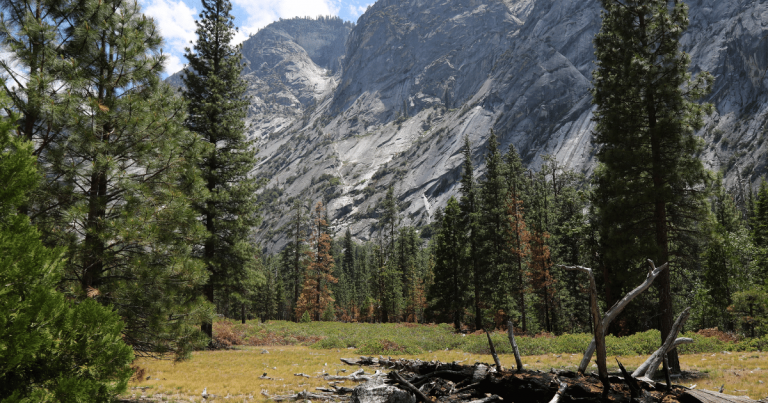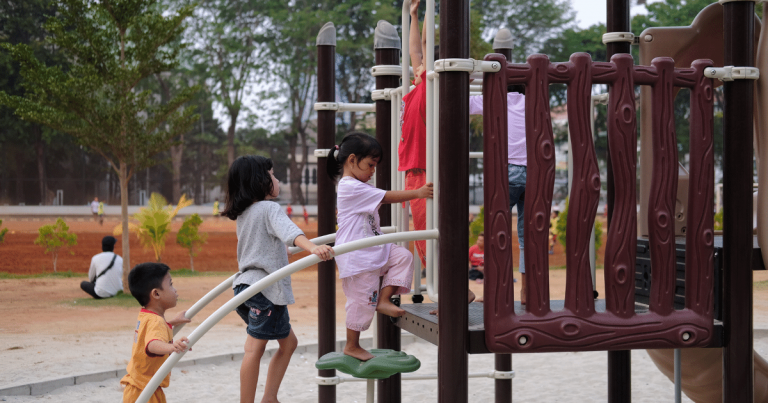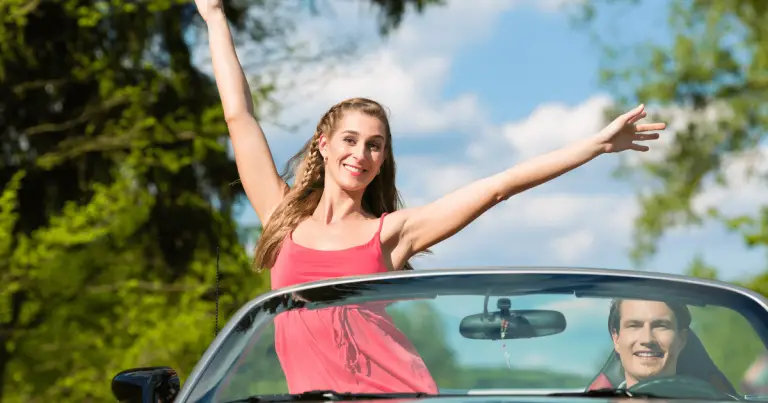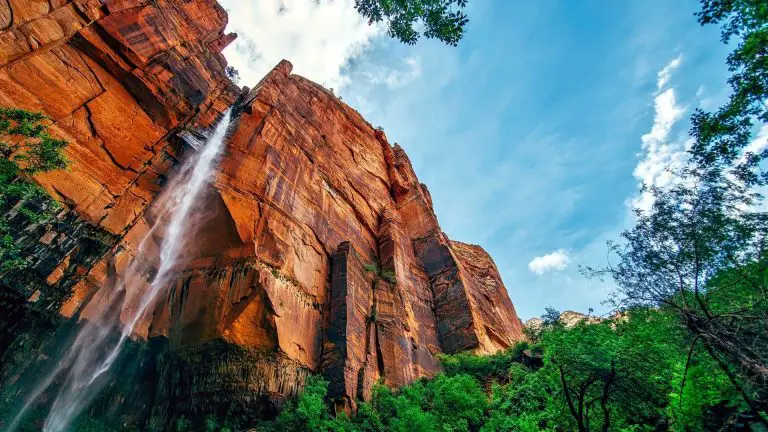Stargazing Magic at Lake Tahoe: Beyond the Horizon
If you’re looking for a place to stargaze, Lake Tahoe is an incredible option. With its clean air and location far from city lights, the night sky over Lake Tahoe is an awe-inspiring sight that you won’t soon forget.

But where should you go? How much does it cost? What should you expect? In this guide, we’ll answer all of your questions about stargazing in Lake Tahoe.
Best spot to stargaze
One of the best places to stargaze in Lake Tahoe is Sand Harbor. It’s located on the east shore of the lake and it’s a popular spot for swimming during the day. But at night, it’s a stargazer’s paradise. The area is often empty at night, so you’ll have a peaceful and quiet experience. Bring a blanket or a chair to sit on and look up at the stars.
Is there a cost if we want to stargaze in Lake Tahoe?
Stargazing in Lake Tahoe is absolutely free! There are no admission fees for Sand Harbor at night. If you do want to make a day trip out of it and visit Sand Harbor during the day, there is a fee for parking. But after 8 pm, the parking fee is waived, so it’s completely free to park and stargaze.
What to Expect
Lake Tahoe is known for its clear and crisp air, which makes for incredible stargazing conditions. You’ll be able to see the Milky Way, shooting stars, and constellations that you might not be able to see from other parts of the United States. You’ll also experience complete silence, which is a rare experience in today’s world. Bring a blanket and cozy up with your loved ones while looking up at the stars.

Parking spots
There is ample parking at Sand Harbor during the day, but it can be harder to find at night. We recommend arriving early, around 7 pm, to secure a spot. After 8 pm, parking becomes free, so there’s no need to worry about paying. If the parking lot is full, there is additional parking available along the road leading up to Sand Harbor. However, we recommend parking in designated areas to avoid getting a ticket.
Interesting Facts
The Lake Tahoe area has an observatory called the Fleischmann Planetarium and Science Center. It’s located in Reno, Nevada, which is a little over an hour’s drive from Lake Tahoe. If you want to learn more about astronomy and stargazing, this is a great place to visit. Additionally, the Tahoe Star Tours offers guided stargazing experiences in the area. They provide telescopes and knowledgeable guides to help you make the most of your experience.
Common questions about stargazing in Lake Tahoe
At what time is it possible to see the Milky Way galaxy while star gazing in Lake Tahoe?
The best time to see the Milky Way galaxy while stargazing in Lake Tahoe generally falls between 10 pm and 1 am during the summer months. This is when the central part of the galaxy is most visible. However, the exact timing can vary throughout the year due to the rotation and tilt of the Earth. It’s advisable to check a trustworthy astronomical calendar or application to get the most precise timing for your visit.
What planets are visible if we stargaze in Lake Tahoe?
The visibility of planets when stargazing in Lake Tahoe can vary depending on the time of year and the specific time of night. However, the five planets visible to the naked eye are Mercury, Venus, Mars, Jupiter, and Saturn, they can all be seen from Lake Tahoe at various times throughout the year. Venus, often referred to as the “Evening Star,” is usually the brightest and easiest to spot. Jupiter and Saturn are also typically visible and can be distinguished by their steady, non-twinkling light. Mars is noticeably red and is typically visible during the early morning or late at night. Mercury is the most challenging to spot due to its proximity to the Sun and is best seen just before sunrise or shortly after sunset. Always remember to check an astronomical calendar for the most accurate information.
What is the most common constellation people can see if they stargaze in Lake Tahoe?
The most common constellation that people can see when stargazing in Lake Tahoe is Ursa Major, also known as the Great Bear or Big Dipper. This constellation can be seen all year and is easily recognizable by its iconic “dipper” shape. The end of the dipper’s handle also points towards Polaris, the North Star, making it a handy navigation tool. Keep in mind, visibility of constellations can depend on time of year and weather conditions, but Ursa Major is a faithful companion in the Lake Tahoe night sky.

Conclusion
If you’re a stargazer, Lake Tahoe is definitely worth a visit. With no admission fees, a peaceful environment, and breathtaking views of the night sky, it’s a destination that will take your breath away. Remember to arrive early and bring a blanket or chair to sit on and enjoy the view.






